Have you ever wanted to add a shed or workshop to your backyard? We’ve all been there! If you’re looking for a way to build a sturdy, reliable shed floor even over uneven ground, look no further – this guide will help! With detailed instructions and helpful tips along the way, you’ll have a stable shed floor in no time. But if you have oddly shaped terrain, it can be challenging to figure out how to build something on uneven ground.
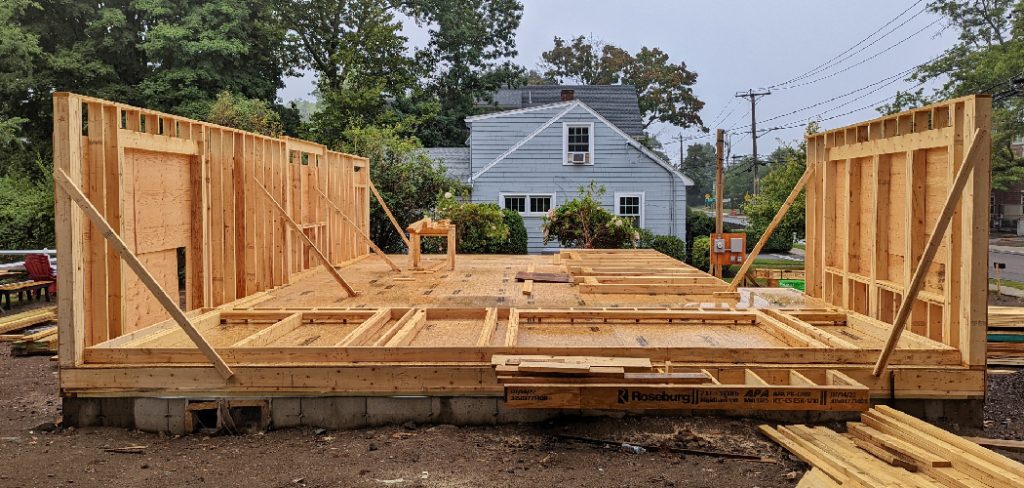
This task may sound daunting at first, but don’t let the unique landscape prevent you from achieving your project goals! In this blog post, we will provide step-by-step instructions on how to build a shed floor on uneven ground for building a shed floor on uneven ground – allowing even the most complex outdoor space designs to become a reality. Read on to arm yourself with information and get started with constructing a successful shed floor in no time!
What is a Shed Floor?
The floor of a shed, also known as the foundation, is made up of materials used to create a level and stable surface for the structure. This is an important component in constructing any shed or outdoor storage space, as it will ensure that your structure remains standing for years to come.
When building a shed floor on uneven ground, it’s important to account for the differences in elevation and create a level surface. The best way to do this is by using gravel or other crushed stone fill material to even out the terrain before beginning construction.
The Benefits of Having a Shed Floor
1. Provide Protection
Having a shed floor on uneven ground offers several benefits. Firstly, it provides an essential layer of protection from the elements and pests. The use of gravel or other fill material will further contribute to the longevity and stability of your structure by giving it a solid base that won’t shift with changing weather conditions or soil types. Furthermore, having a solid floor prevents waterlogging and other moisture-related problems.
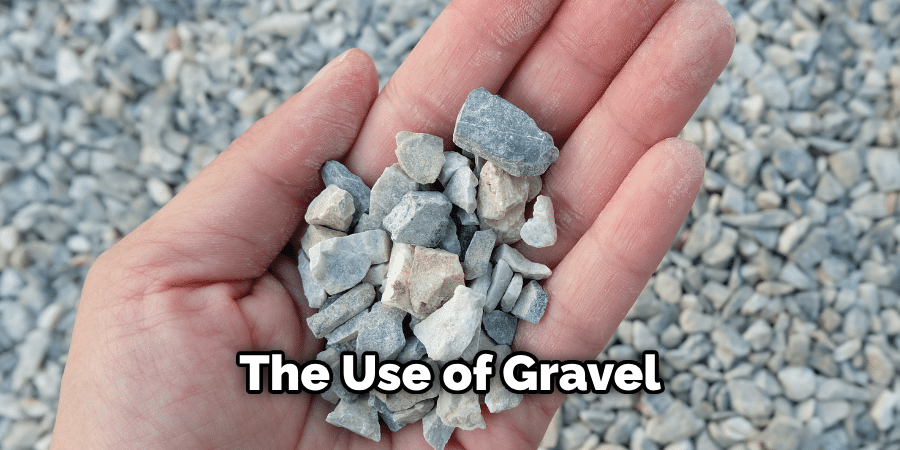
2. Improve Aesthetic Appeal
Shed floors on the uneven ground add a layer of stability and aesthetic appeal to your outdoor space, making it look more neat and organized, which can have a positive effect on the overall appearance of your yard or garden.
3. Enhance Safety
Lastly, having a shed floor on uneven ground is also beneficial from a safety perspective. By making sure that the foundation of your structure is stable and secure, you can ensure the safety of those who use it. This is especially important for larger sheds or storage spaces that may store heavier items or have multiple entrances and exits.
Required Items
Now that you know the benefits of having a shed floor on uneven ground, let’s go over what items you will need in order to construct one successfully.
- Gravel or other crushed stone fill material. This is essential for filling voids and creating an even surface for your shed floor.
- Plywood sheets for the floor of your shed. These should be cut to fit based on the measurements you took during planning and screwed into place with exterior screws or nails.
- Landscaping fabric for added protection against moisture and pests. This should be laid down before the fill material is spread over the area.
- String and stakes for measuring the area during planning.
- Hammer and nails or screws to secure the plywood sheets in place.
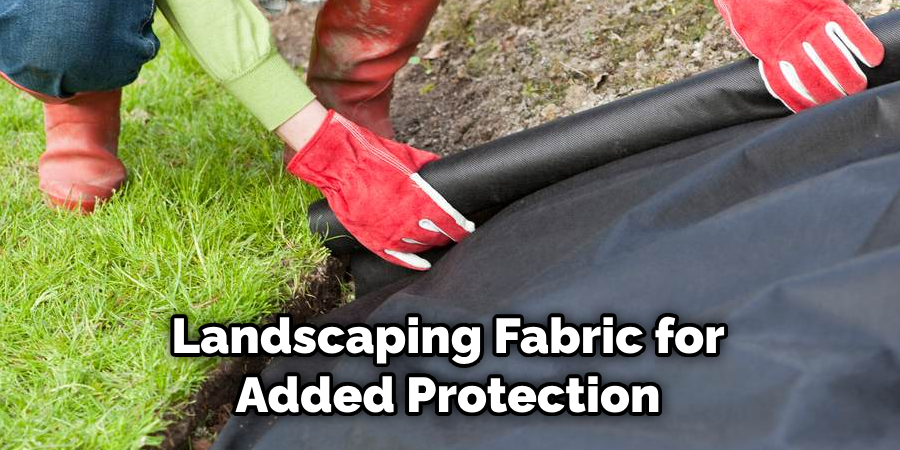
10 Ways How to Build a Shed Floor on Uneven Ground
1. Measurement
Measure your area. Begin by measuring your area with a string and stakes, and make sure you account for the fact that it is uneven. This will give you an idea of the size of the shed you can build, as well as provide measurements for cutting plywood sheets to fit.
2. Mark the Layout
Use the measurements to mark out the layout of your shed floor on the ground. This will help you visualize how it will look once it is complete and ensure that everything fits together correctly when building.
3. Dig Out Voids
Now that you have marked out your layout begin by digging out any voids or low points where the ground is particularly uneven. This will help create a level surface for your shed floor and make it easier to fill with gravel or other fill material.
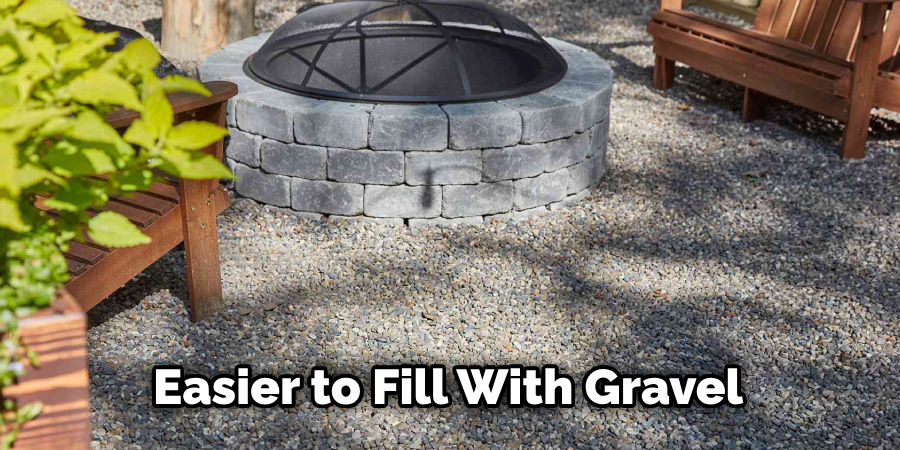
4. Fill Voids
Fill in any voids with gravel, sand, or other crushed stone fill material until you have a level surface throughout the area. This will act as the foundation for your shed floor and provide a stable base for years to come.
5. Add Landscaping Fabric
For extra protection against moisture and pests, lay down landscaping fabric over the area before securely attaching plywood sheets to the ground. The fabric should be laid in multiple layers and stapled or pinned down to ensure it won’t move.
6. Attach Plywood Sheets
Cut the plywood sheets to fit your measurements and attach them securely with nails or screws. The plywood will serve as the floor of your shed, so make sure it’s attached tightly and won’t move.
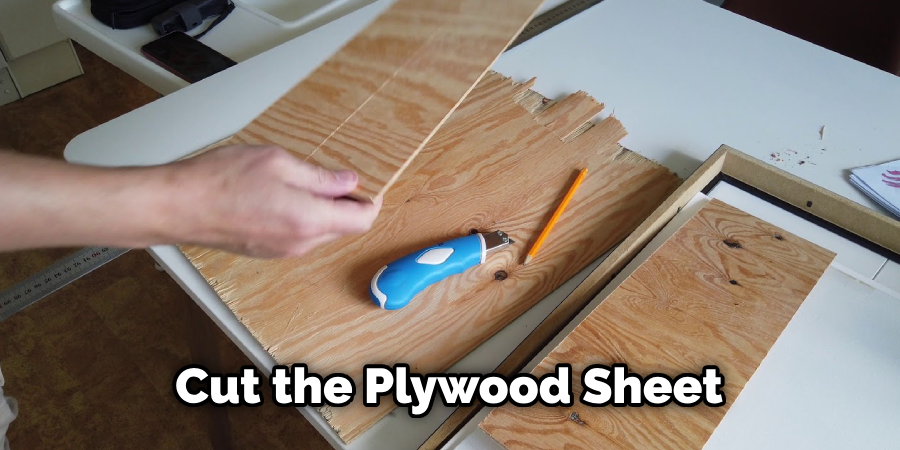
7. Add Moisture Barrier
For extra protection against moisture, add a layer of plastic sheeting or other water-resistant material over the plywood before adding any additional fill material or finishing touches. This will help keep out water and protect the integrity of your shed floor for years to come.
8. Add Fill Material
Spread a layer of gravel, sand, or crushed stone over the area to help create a level surface and provide an extra layer of stability for your shed floor. Spread evenly and make sure you fill in any low points or voids that may have been missed during excavation.
9. Finish Touches
Once the fill material is in place, use a rake or shovel to smooth out any rough edges and create an even surface. You can add decorative touches like grass seeds or small plants if desired.
10. Enjoy!
Now that your shed floor on uneven ground is complete, you can enjoy the extra space and storage options it has to offer! Congratulations on completing your project – you have successfully built a shed floor that will last for years.
By following these easy steps and having the right materials, you should have all the necessary infinite from your shed floor for years to come. With patience and planning, you can enjoy the rewards of a successful project and the extra storage space your shed provides!
8 Safety Measures to Follow
When building a shed floor on uneven ground, there are some safety measures you should always keep in mind.
1. Protective Wear
Make sure to wear the proper protective gear, such as eye protection, gloves, and sturdy shoes while working. Also, be sure to check that all tools used for construction are in good condition before use. It is important to ensure that all power tools are properly grounded, and all blades are sharp.
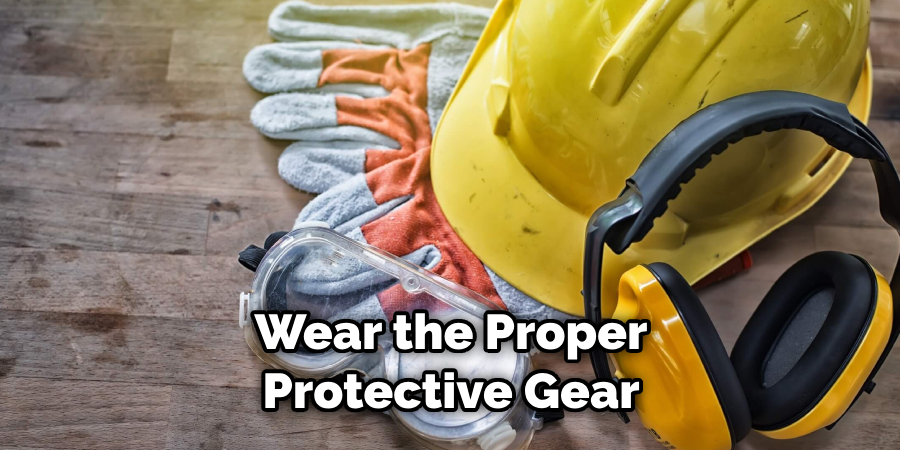
2. Ground Preparation
Check the ground for any debris that could be a hazard, such as rocks, sticks, or other large objects that may cause injury during construction. Make sure to remove any obstacles so that the shed floor can be built on a clean surface.
3. Leveling
Leveling the ground is essential to ensure that the shed floor is built on an even surface. Using a level and shims, you can adjust the uneven spots on the ground until they are level enough for construction.
4. Foundation Base
To help support the structure of your shed, it is important to create a solid foundation base. Use pressure-treated wood or concrete slabs to create the foundation, and make sure that the structure is level before placing it onto the ground.
5. Support Posts
In order to prevent the shed floor from sinking or shifting over time, you will need to install support posts. Make sure that all posts are properly lined up and securely fastened to the foundation base.
6. Floor Joists
After the support posts are installed, you can begin laying down floor joists. Place the joists parallel to each other and make sure that they are evenly spaced apart. Use screws or nails to attach the joists to the support posts.
7. Floor Boards
Once the joists have been installed, you can begin laying down floorboards. Place each board parallel to the next and make sure that all edges are lined up perfectly. You may need to use a saw or other tool to cut certain pieces of wood in order for them to fit properly.
8. Finishing Touches
Once all the floorboards have been laid down, you can begin adding finishing touches such as trim and sealant. Make sure that all edges are sealed in order to prevent water damage and other wear from occurring.
Conclusion
Building a shed on uneven ground can be challenging, but it is possible with the right know-how and preparation. With careful consideration of the location, plan accordingly and employ the aforementioned steps to ensure that you have a structure that doesn’t shift. Remember to lay down the piers in equal intervals apart to establish a firm foundation for your shed floor.
Use concrete blocks to level out the ground if necessary, and make sure that every board is securely fastened so your finished product stands firmly. With all this guide on how to build a shed floor on uneven ground in mind, employing these methods will help you build a solid shed floor that can last you for years to come. So don’t forget – take time out of your day to consider all the details and tackle those uneven grounds with confidence!
